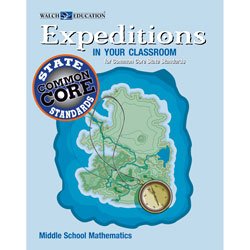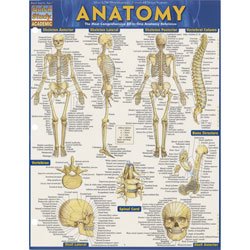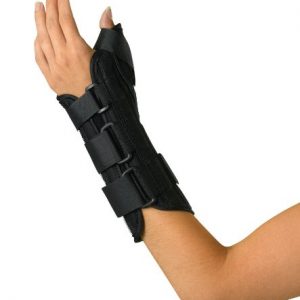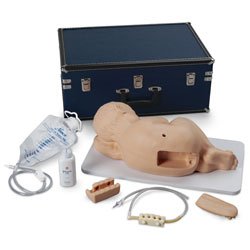Expeditions in Your Classroom for Common Core State Standards: Middle School Mathematics
$250.00
Expeditions in Your Classroom for Common Core State Standards: Middle School Mathematics
For your Common Core curriculum. GRADES 6-8. Whether it’s using geometric formulas to design a garden, algebraic tools to conduct an energy audit, or data analysis to learn how scouts spot sports talent, this resource helps bring real-world problem-solving projects to your classroom. Standards covered include Ratios and Proportional Relationships, The Number System, Expressions and Equations, Geometry, and Probability and Statistics with Mathematical Practices infused throughout. Includes 10 separate projects (each taking 10-12 hours) and extensive teacher support. 240 pages.
CCSS Product Alignment Math Grade 6 6.RP.2 Understand the concept of a unit rate a/b associated with a ratio a:b with b ≠ 0, and use rate language in the context of a ratio relationship. For example, “This recipe has a ratio of 3 cups of flour to 4 cups of sugar, so there is 3/4 cup of flour for each cup of sugar.” “We paid $75 for 15 hamburgers, which is a rate of $5 per hamburger.” 6.RP.3a Make tables of equivalent ratios relating quantities with whole-number measurements, find missing values in the tables, and plot the pairs of values on the coordinate plane. Use tables to compare ratios. 6.RP.3b Solve unit rate problems including those involving unit pricing and constant speed. For example, if it took 7 hours to mow 4 lawns, then at that rate, how many lawns could be mowed in 35 hours? At what rate were lawns being mowed? 6.RP.3c Find a percent of a quantity as a rate per 100 (e.g., 30% of a quantity means 30/100 times the quantity); solve problems involving finding the whole, given a part and the percent. 6.RP.3d Use ratio reasoning to convert measurement units; manipulate and transform units appropriately when multiplying or dividing quantities.
6.NS.1 Interpret and compute quotients of fractions, and solve word problems involving division of fractions by fractions, e.g., by using visual fraction models and equations to represent the problem. For example, create a story context for (2/3) ÷ (3/4) and use a visual fraction model to show the quotient; use the relationship between multiplication and division to explain that (2/3) ÷ (3/4) = 8/9 because 3/4 of 8/9 is 2/3. (In general, (a/b) ÷ (c/d) = ad/bc.) How much chocolate will each person get if 3 people share 1/2 lb of chocolate equally? How many ¾-cup servings are in 2/3 of a cup of yogurt? How wide is a rectangular strip of land with length 3/4 mi and area 1/2 square mi?. 6.EE.5 Understand solving an equation or inequality as a process of answering a question: which values from a specified set, if any, make the equation or inequality true? Use substitution to determine whether a given number in a specified set makes an equation or inequality true. 6.EE.6 Use variables to represent numbers and write expressions when solving a real-world or mathematical problem; understand that a variable can represent an unknown number, or, depending on the purpose at hand, any number in a specified set. 6.EE.7 Solve real-world and mathematical problems by writing and solving equations of the form x + p = q and px = q for cases in which p, q and x are all nonnegative rational numbers. 6.EE.8 Write an inequality of the form x > c or x c or x < c have infinitely many solutions; represent solutions of such inequalities on number line diagrams.





ahuhebepu –
http://mewkid.net/order-amoxicillin/ – Amoxicillin 500 Buy Amoxicillin Online oxm.mock.smedsupply.com.cib.jd http://mewkid.net/order-amoxicillin/
iaraferi –
http://mewkid.net/order-amoxicillin/ – Buy Amoxicillin Online Amoxicillin Without Prescription aal.btjo.smedsupply.com.ofe.dt http://mewkid.net/order-amoxicillin/